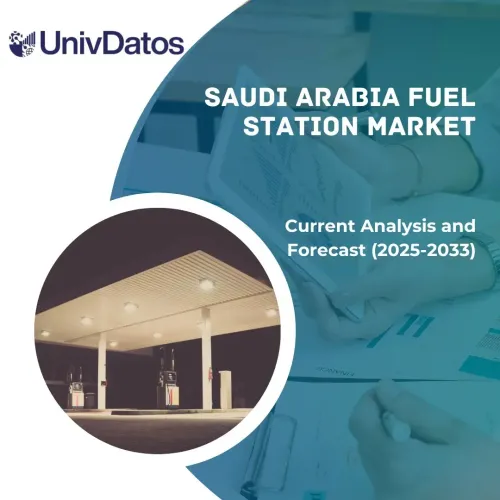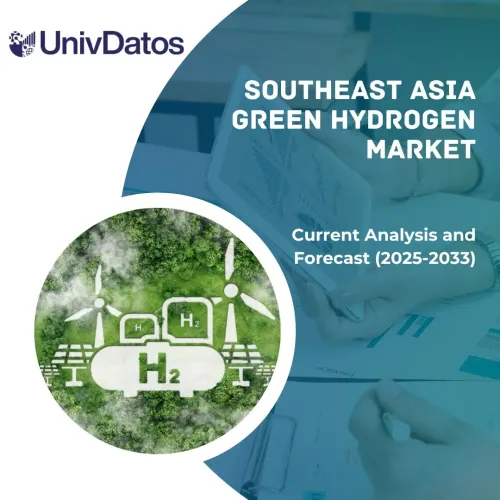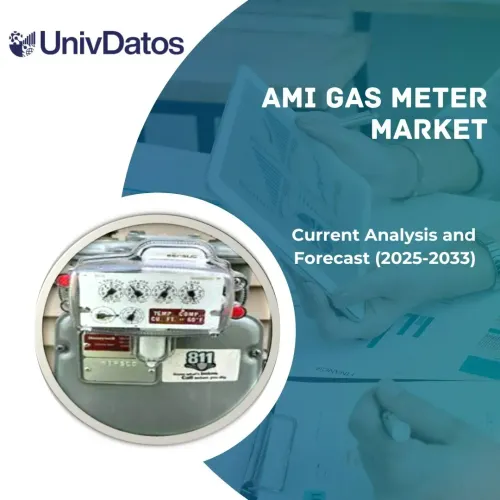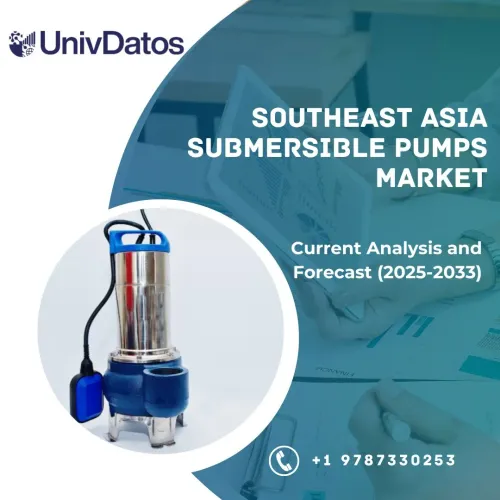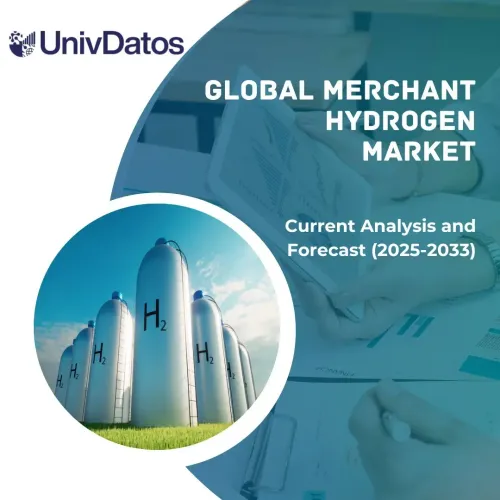- الرئيسية
- معلومات عنا
- صناعة
- الخدمات
- قراءة
- اتصل بنا
سوق الخلايا الكهروضوئية: التحليل الحالي والتوقعات (2025-2033)
التركيز على النوع (الوحدة، العاكس، موازنة النظام (BOS))؛ المادة (مركب السيليكون)؛ نوع الخلية (وحدات الخلايا الكهروضوئية الكاملة، وحدات الخلايا الكهروضوئية النصفية)؛ نوع التركيب (سكني، تجاري وصناعي، خدمات)؛ المنطقة/البلد
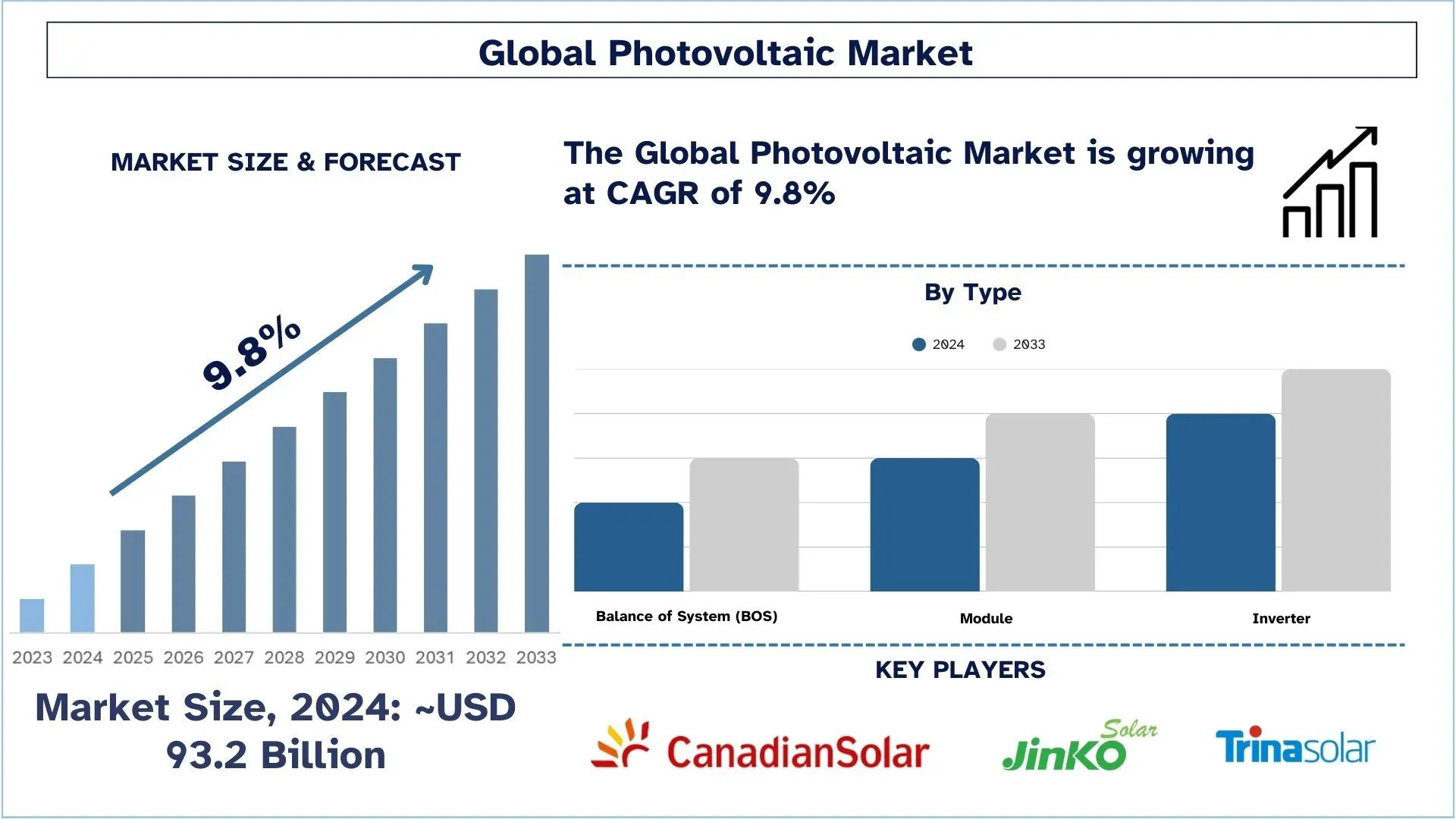
حجم سوق الخلايا الكهروضوئية والتوقعات
بلغت قيمة سوق الخلايا الكهروضوئية ما يقرب من 93.2 مليار دولار أمريكي في عام 2024 ومن المتوقع أن ينمو بمعدل نمو سنوي مركب كبير يبلغ حوالي 9.8% خلال فترة التوقعات (2025-2033)، وذلك بسبب الطلب المتزايد على الطاقة النظيفة والمتجددة.
تحليل سوق الخلايا الكهروضوئية
يتم إنتاج الطاقة الكهروضوئية عن طريق إشعاع الشمس، ويمكن تحويلها إلى كهرباء بمساعدة الخلايا الكهروضوئية. يمكن استخدام هذه الكهرباء لتشغيل الأجهزة الكهربائية. اعتمادًا على التطبيق، يمكن استخدام الخلايا الكهروضوئية كمصباح شمسي، وعدادات مواقف السيارات، وهواتف الطوارئ، وضواغط القمامة، وإشارات المرور المؤقتة، ومحطات الشحن في التطبيقات التجارية. وبالمثل، في القطاع الزراعي، تُستخدم تكنولوجيا الخلايا الكهروضوئية لتوليد الكهرباء لتشغيل مضخات المياه بتكلفة أرخص، ومع الاستخدام المتزايد لتكنولوجيا الخلايا الكهروضوئية، من المتوقع أن تزيد حصتها في السوق في الفترة المتوقعة أيضًا. علاوة على ذلك، فإن الطلب المتزايد على الكهرباء في جميع أنحاء العالم، بسبب تزايد عدد السكان، إلى جانب الحاجة المتزايدة إلى تبني مصادر الطاقة المتجددة المستدامة، هو عامل يؤجج حجم سوق الخلايا الكهروضوئية العالمي. بالإضافة إلى ذلك، فإن السياسات واللوائح الحكومية المواتية لتقليل البصمة الكربونية وتوليد الطاقة منخفضة التكلفة هي أيضًا من العوامل الرئيسية التي تغذي الطلب على سوق الخلايا الكهروضوئية.
اتجاهات سوق الخلايا الكهروضوئية
يناقش هذا القسم اتجاهات السوق الرئيسية التي تؤثر على القطاعات المختلفة في سوق الخلايا الكهروضوئية كما حددها خبراء الأبحاث لدينا.
التحول السريع نحو تقنيات عالية الكفاءة
هناك تطور رئيسي في سوق الخلايا الكهروضوئية العالمي يظهر بالفعل في شكل تحسينات عالية الكفاءة مثل TOPCon وHJT وأنظمة الترادف البيروفسكيت. تهدف هذه الابتكارات إلى تحقيق المزيد من الطاقة وتكلفة منخفضة للكهرباء وتحسين إنتاج المزارع الشمسية في الأسواق المتقدمة والناشئة. يبذل اللاعبون الرئيسيون حاليًا جهودًا كبيرة لتعزيز عمليات التصنيع لتضمين وحدات الجيل التالي هذه في خطوط إنتاجهم كميزة تنافسية من حيث الإنتاج والتكلفة وإثبات التكنولوجيا في المستقبل.
تقسيم قطاعات صناعة الخلايا الكهروضوئية
يقدم هذا القسم تحليلًا للاتجاهات الرئيسية في كل قطاع من قطاعات تقرير الخلايا الكهروضوئية العالمي، إلى جانب التوقعات على المستويات العالمية والإقليمية والقطرية للفترة 2025-2033.
يحمل قطاع العاكس أكبر حصة في السوق.
استنادًا إلى النوع، يتم تقسيم سوق الخلايا الكهروضوئية العالمي إلى وحدات وعاكس ونظام توازن (BOS). حاليًا، يهيمن قطاع العاكسات على السوق. يمكن لعكس الطاقة الشمسية تحويل طاقة التيار المستمر إلى طاقة التيار المتردد، والتي تُستخدم بعد ذلك بفعالية في التطبيقات السكنية. علاوة على ذلك، تساعد الزيادة في التقدم في تكنولوجيا عاكس الطاقة الشمسية في تحسين مستوى أدائه، ومع زيادة اعتماد الخلايا الكهروضوئية على الأسطح، يزداد الطلب على عاكس الطاقة الشمسية أيضًا، مما سيؤدي بدوره إلى تسريع حصة سوق العاكس في الفترة المتوقعة أيضًا.
من المتوقع أن يشهد قطاع السيليكون معدل نمو سنوي مركب أعلى من سوق الخلايا الكهروضوئية.
استنادًا إلى المادة، ينقسم السوق إلى السيليكون والمركب. يهيمن قطاع السيليكون على السوق. من المتوقع أن يشهد مادة السيليكون الكهروضوئية نموًا سريعًا نظرًا لفوائد خلايا السيليكون البلورية الشمسية التي تزيد الكفاءة وتقلل من تكلفة التركيب النهائي لأنظمة الخلايا الكهروضوئية، حيث يجب تركيب عدد أقل من الخلايا الشمسية للحصول على الناتج المطلوب.
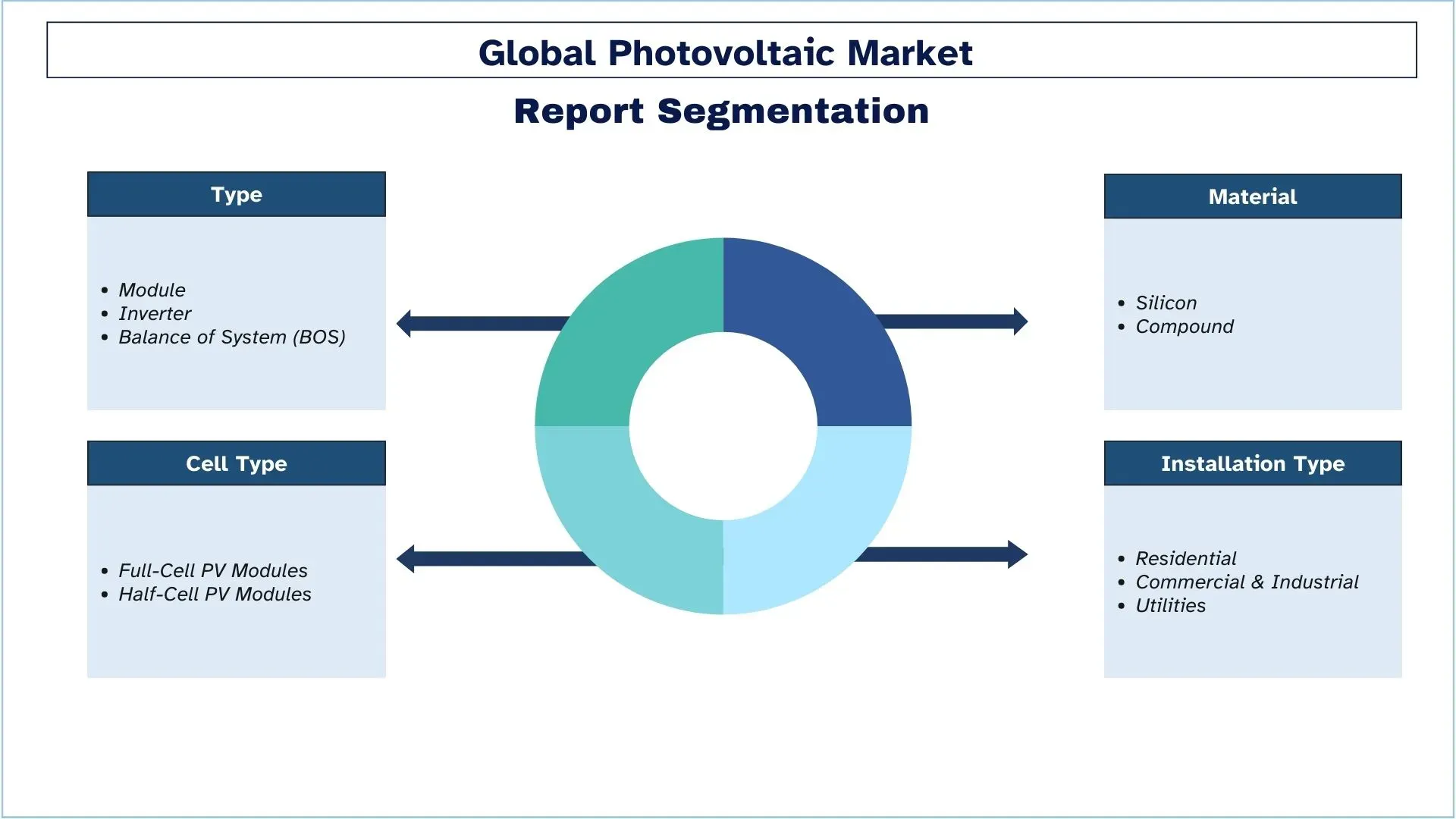
تتمتع منطقة آسيا والمحيط الهادئ بحصة كبيرة في السوق في عام 2024.
تعد دول منطقة آسيا والمحيط الهادئ أسواقًا رئيسية للخلايا الكهروضوئية بسبب متطلبات الطاقة، وميزانيات الدعم الحكومي، والنية في الحصول على نسبة محسنة من الطاقة المتجددة في إجمالي توليد الطاقة لديها، مثل الصين والهند واليابان وكوريا الجنوبية وأستراليا. وهذا يجعل الطاقة الشمسية ميسورة التكلفة نظرًا لأن منطقة آسيا والمحيط الهادئ هي المركز الصناعي لمعظم الأجزاء الشمسية وتحصل على التمتع بوفورات الحجم والتحسينات التكنولوجية. ويلاحظ أن المنطقة تنشر تدريجيًا محطات طاقة شمسية واسعة النطاق بالإضافة إلى أنظمة على الأسطح بمساعدة السياسات المواتية، وانخفاض تكلفة الوحدات، والمبادرات المناخية التي تعلن عن تحول نحو الطاقة المتجددة.
تهيمن الصين على سوق الخلايا الكهروضوئية في منطقة آسيا والمحيط الهادئ
تظل الصين الشركة الرائدة في تصنيع الألواح الشمسية الكهروضوئية (PV) التي تزود السوق العالمية ولديها أكبر صناعة كهروضوئية في العالم. من خلال الحصول على دعم حكومي ثابت وسياسات سليمة وقدرة تصنيعية فائقة، تحتل الدولة مكانة رائدة في كل من الأسواق الأولية والثانوية، بما في ذلك الرقائق والخلايا والوحدات، بالإضافة إلى المشاريع واسعة النطاق والخلايا الكهروضوئية الموزعة. إن أهداف الصين بشأن تحول الطاقة وتحقيق الحياد الكربوني تزيد من استثمار الدولة وصادراتها من الألواح والمكونات الشمسية المحلية، جنبًا إلى جنب مع صناعة الطاقة الشمسية العالمية.
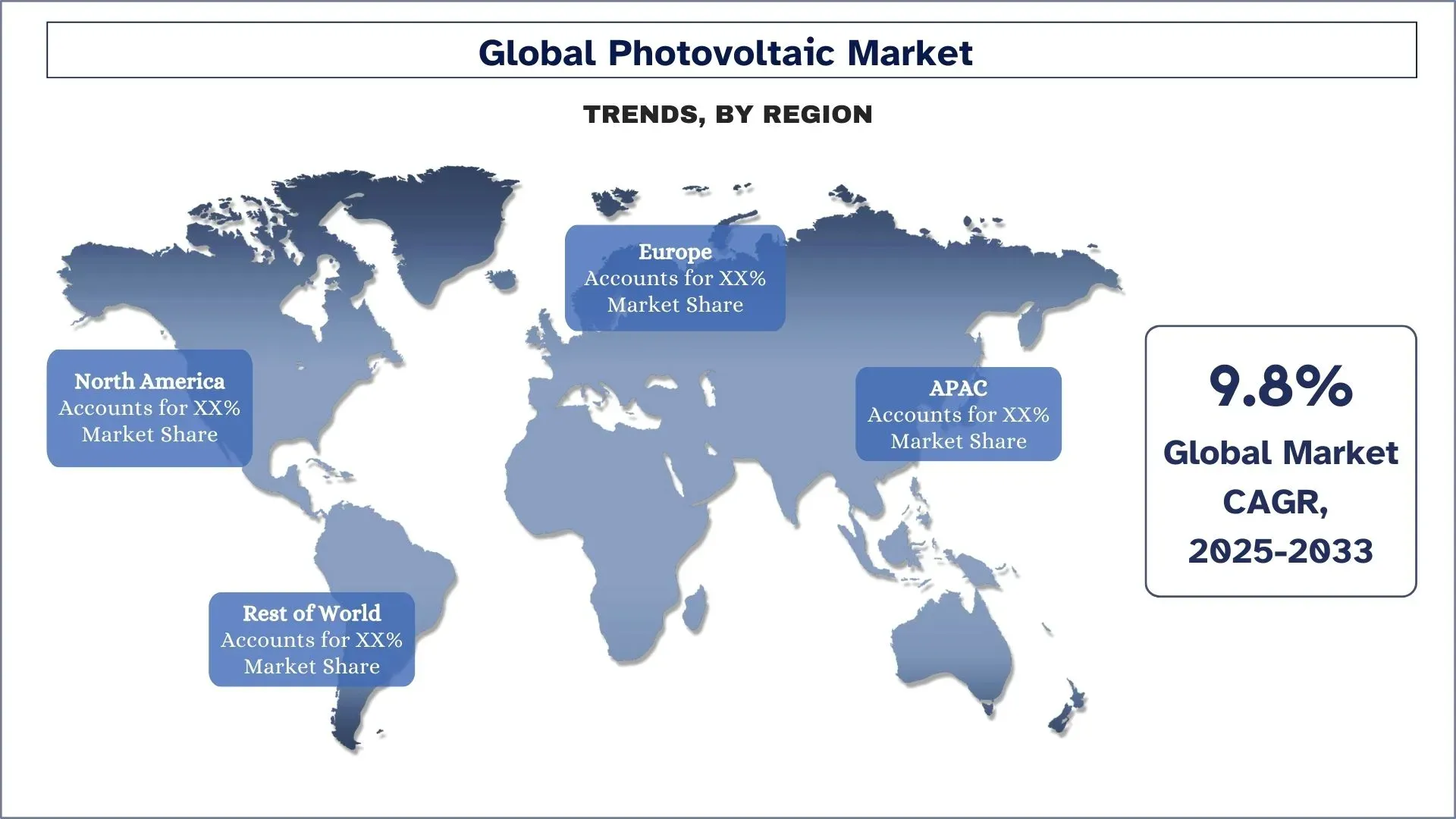
المشهد التنافسي لصناعة الخلايا الكهروضوئية
سوق الخلايا الكهروضوئية تنافسي، مع وجود العديد من اللاعبين العالميين والدوليين. يتبنى اللاعبون الرئيسيون استراتيجيات نمو مختلفة لتعزيز وجودهم في السوق، مثل الشراكات والاتفاقيات والتعاون وإطلاق منتجات جديدة والتوسعات الجغرافية وعمليات الاندماج والاستحواذ.
أكبر شركات الخلايا الكهروضوئية
بعض اللاعبين الرئيسيين العاملين في السوق هم Canadian Solar وTrina Solar Limited وJinko Solar Holding وGCL System Integration وJA Solar Holdings وShunfeng International Clean Energy Limited وSharp Corporation وRisen Energy وMitsubishi Electric Corporation وSuntech Power (Shunfeng Int'l)
التطورات الأخيرة في سوق الخلايا الكهروضوئية
في يونيو 2022، أعلنت JinkoSolar أنها أبرمت اتفاقية لتزويد شركة China Datang Corporation بما يقرب من واحد جيجاوات من الألواح الشمسية Tiger Neo ثنائية الوجه من النوع n عالية الكفاءة لتشغيل مشاريعها الشمسية الستة واسعة النطاق الموجودة في مقاطعتي هونان وقوانغشي.
في مارس 2022، أعلنت Canadian Solar أنها بدأت الإنتاج الضخم لوحدة تنسيق جديدة مكونة من 54 خلية مع خلايا 182 مم للأنظمة الشمسية السكنية والتجارية والصناعية المثبتة على الأسطح. تتمتع CS6R-MS، وهي الوحدة النمطية الجديدة ضمن سلسلة HiKu6، بقدرة إنتاج تصل إلى 420 وات وكفاءة وحدة تصل إلى 21.5%. تعتبر وحدة CS6R-MS مناسبة بشكل خاص لتطبيقات الطاقة الشمسية على الأسطح نظرًا لصغر حجم الوحدة وخفة وزنها (21.3 كجم) وتصميمها الجمالي المتميز للحصول على مظهر متجانس.
تغطية تقرير سوق الخلايا الكهروضوئية
سمة التقرير | التفاصيل |
السنة الأساسية | 2024 |
فترة التوقعات | 2025-2033 |
زخم النمو | تسريع بمعدل نمو سنوي مركب قدره 9.8% |
حجم السوق 2024 | 93.2 مليار دولار أمريكي |
التحليل الإقليمي | منطقة آسيا والمحيط الهادئ وأوروبا وآسيا والمحيط الهادئ وبقية العالم |
المنطقة الرئيسية المساهمة | من المتوقع أن تنمو منطقة آسيا والمحيط الهادئ بأعلى معدل نمو سنوي مركب خلال الفترة المتوقعة. |
الدول الرئيسية التي يغطيها التقرير | الولايات المتحدة وكندا وألمانيا وفرنسا والمملكة المتحدة وإسبانيا وإيطاليا والصين واليابان والهند |
الشركات التي تم تحديدها | Canadian Solar وTrina Solar Limited وJinko Solar Holding وGCL System Integration وJA Solar Holdings وShunfeng International Clean Energy Limited وSharp Corporation وRisen Energy وMitsubishi Electric Corporation وSuntech Power (Shunfeng Int'l). |
نطاق التقرير | اتجاهات السوق والمحركات والقيود؛ تقدير الإيرادات والتوقعات؛ تحليل التقسيم؛ تحليل جانب الطلب والعرض؛ المشهد التنافسي؛ تحديد ملف تعريف الشركة |
القطاعات التي يغطيها التقرير | حسب النوع، حسب المادة، حسب نوع الخلية، حسب نوع التركيب، حسب المنطقة/الدولة |
أسباب شراء تقرير سوق الخلايا الكهروضوئية:
تتضمن الدراسة تحليلًا لحجم السوق والتوقعات تم التحقق منه من قبل خبراء الصناعة الرئيسيين الموثوق بهم.
يقدم التقرير مراجعة سريعة للأداء العام للصناعة في لمحة.
يغطي التقرير تحليلًا متعمقًا لنظراء الصناعة البارزين مع التركيز الأساسي على البيانات المالية الرئيسية للأعمال والمحافظ الاستثمارية للمنتجات واستراتيجيات التوسع والتطورات الأخيرة.
فحص تفصيلي للمحركات والقيود والاتجاهات الرئيسية والفرص السائدة في الصناعة.
تغطي الدراسة السوق بشكل شامل عبر مختلف القطاعات.
تحليل متعمق على المستوى الإقليمي للصناعة.
خيارات التخصيص:
يمكن تخصيص سوق الخلايا الكهروضوئية العالمي بشكل أكبر وفقًا للمتطلبات أو أي قطاع سوق آخر. بالإضافة إلى ذلك، تدرك UnivDatos أن لديك احتياجات عمل خاصة بك؛ لذا، لا تتردد في الاتصال بنا للحصول على تقرير يناسب متطلباتك تمامًا.
جدول المحتويات
منهجية البحث لتحليل سوق الخلايا الكهروضوئية (2023-2033)
قمنا بتحليل السوق التاريخي، وتقدير السوق الحالي، والتنبؤ بالسوق المستقبلي لسوق الخلايا الكهروضوئية العالمي لتقييم تطبيقه في المناطق الرئيسية في جميع أنحاء العالم. أجرينا بحثًا ثانويًا شاملاً لجمع بيانات السوق التاريخية وتقدير حجم السوق الحالي. للتحقق من صحة هذه الرؤى، قمنا بمراجعة دقيقة للعديد من النتائج والافتراضات. بالإضافة إلى ذلك، أجرينا مقابلات أولية متعمقة مع خبراء الصناعة عبر سلسلة قيمة الخلايا الكهروضوئية. بعد التحقق من صحة أرقام السوق من خلال هذه المقابلات، استخدمنا مناهج من أعلى إلى أسفل ومن أسفل إلى أعلى للتنبؤ بحجم السوق الإجمالي. ثم استخدمنا طرق تقسيم السوق وتثليث البيانات لتقدير وتحليل حجم سوق قطاعات الصناعة والقطاعات الفرعية.
هندسة السوق
استخدمنا تقنيات تثليث البيانات لوضع اللمسات الأخيرة على تقدير السوق الإجمالي واشتقاق أرقام إحصائية دقيقة لكل قطاع وقطاع فرعي من سوق الخلايا الكهروضوئية العالمي. قمنا بتقسيم البيانات إلى عدة قطاعات وقطاعات فرعية من خلال تحليل مختلف المعايير والاتجاهات، بما في ذلك النوع والمادة ونوع الخلية ونوع التركيب والمناطق داخل سوق الخلايا الكهروضوئية العالمي.
الهدف الرئيسي من دراسة سوق الخلايا الكهروضوئية العالمي
تحدد الدراسة الاتجاهات الحالية والمستقبلية في سوق الخلايا الكهروضوئية العالمي، وتقدم رؤى استراتيجية للمستثمرين. وهي تسلط الضوء على جاذبية السوق الإقليمية، مما يمكّن المشاركين في الصناعة من الاستفادة من الأسواق غير المستغلة واكتساب ميزة الريادة. تشمل الأهداف الكمية الأخرى للدراسات ما يلي:
تحليل حجم السوق: تقييم حجم السوق الحالي والمتوقع لسوق الخلايا الكهروضوئية العالمي وقطاعاته من حيث القيمة (بالدولار الأمريكي).
تجزئة سوق الخلايا الكهروضوئية: تقوم الدراسة بتقسيم السوق حسب النوع والمادة ونوع الخلية ونوع التركيب والمنطقة.
الإطار التنظيمي وتحليل سلسلة القيمة: دراسة الإطار التنظيمي وسلسلة القيمة وسلوك العملاء والمشهد التنافسي لصناعة الخلايا الكهروضوئية.
التحليل الإقليمي: إجراء تحليل إقليمي مفصل للمناطق الرئيسية مثل منطقة آسيا والمحيط الهادئ وأوروبا وأمريكا الشمالية وبقية العالم.
ملفات تعريف الشركات واستراتيجيات النمو: ملفات تعريف شركات سوق الخلايا الكهروضوئية واستراتيجيات النمو التي اعتمدها قادة السوق للحفاظ على السوق سريع النمو.
الأسئلة الشائعة الأسئلة الشائعة
س1: ما هو الحجم الحالي لسوق الخلايا الكهروضوئية وإمكانات نموها؟
اعتبارًا من عام 2024، تُقدر قيمة سوق الخلايا الكهروضوئية العالمي بحوالي 93.2 مليار دولار أمريكي ومن المتوقع أن ينمو بمعدل نمو سنوي مركب قدره 9.8٪ حتى عام 2033.
س٢: ما هي العوامل الدافعة لنمو سوق الخلايا الكهروضوئية؟
إن الطلب المتزايد على الطاقة النظيفة والمتجددة مدفوع بالأهداف المناخية والسياسات الحكومية الداعمة.
س3: أي سوق لديه الحصة الأكبر من سوق الخلايا الكهروضوئية حسب النوع؟
تهيمن فئة العاكس على سوق الخلايا الكهروضوئية العالمي حسب نوع القطاع.
س4: ما هي الاتجاهات الرئيسية في سوق الخلايا الكهروضوئية؟
الاعتماد المتزايد على الألواح الشمسية ثنائية الوجه وعالية الكفاءة لزيادة إنتاج الطاقة.
س ٥: أي منطقة ستسيطر على سوق الخلايا الكهروضوئية؟
تهيمن منطقة آسيا والمحيط الهادئ حاليًا على سوق الخلايا الكهروضوئية العالمي.
س6: ما هي أكبر التحديات في سوق الخلايا الكهروضوئية؟
اختناقات في سلاسل الإمداد والاعتماد على عدد قليل من البلدان في المواد الخام الرئيسية مثل البولي سيليكون.
س7: من هم أفضل اللاعبين في سوق الخلايا الكهروضوئية العالمي؟
تشمل الشركات الرائدة التي تقود الابتكار في مجال الخلايا الكهروضوئية ما يلي:
• Canadian Solar
• Trina Solar Limited
• Jinko Solar Holding
• GCL System Integration
• JA Solar Holdings
• Shunfeng International Clean Energy Limited
• Sharp Corporation
• Risen Energy
• Mitsubishi Electric Corporation
• Suntech Power (Shunfeng Int'l)
س8: ما هي المجالات الرئيسية لفرص الاستثمار في سوق الخلايا الكهروضوئية العالمي؟
تشمل مجالات الاستثمار الرئيسية تقنيات الخلايا الشمسية عالية الكفاءة (مثل TOPCon و HJT و perovskite tandem)، وتكامل تخزين الطاقة مع أنظمة الطاقة الكهروضوئية، والبنية التحتية للشبكات الذكية. يستكشف المستثمرون أيضًا فرصًا في مزارع الطاقة الشمسية واسعة النطاق في الأسواق الناشئة والتكامل الرأسي عبر سلسلة التوريد للطاقة الشمسية لتقليل الاعتماد على واردات المواد الخام.
س9: كيف يمكن لشركات الطاقة الشمسية الحفاظ على قدرتها التنافسية في خضم تقلبات الأسعار العالمية واضطرابات سلسلة التوريد؟
للحفاظ على القدرة التنافسية، يجب على الشركات التركيز على تنويع قاعدة الموردين الخاصة بها، والاستثمار في أتمتة التصنيع المتقدمة، واعتماد ممارسات المصادر المستدامة. كما يمكن أن يساعد تعزيز قدرات البحث والتطوير وتشكيل شراكات استراتيجية في تحسين كفاءة المنتج، وخفض التكاليف، وضمان المرونة في مواجهة الاضطرابات الجيوسياسية أو المتعلقة بالتجارة.
ذات صلة التقارير
العملاء الذين اشتروا هذا المنتج اشتروا أيضًا




